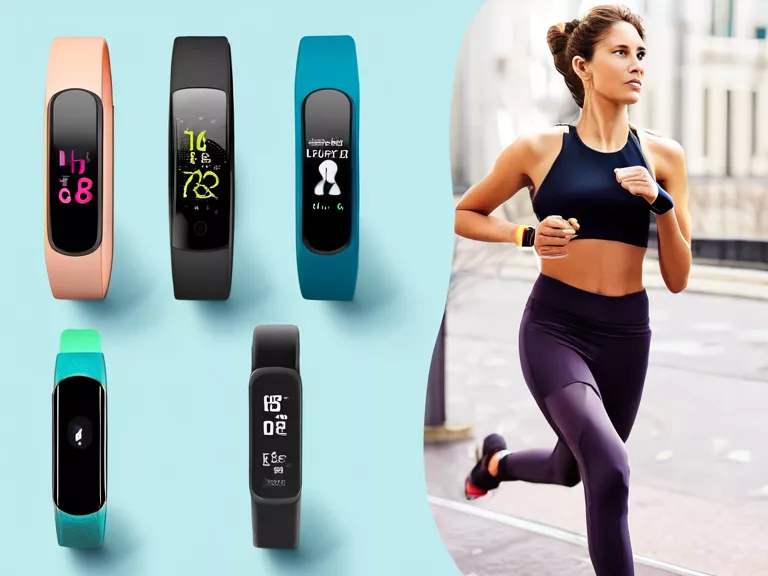
Wearable fitness technology has become increasingly popular for tracking health metrics. From tracking steps to monitoring heart rate, these devices offer valuable insights into one's overall well-being. Let's explore the world of wearable fitness technology and how it can help individuals stay healthy and motivated.
Fitness trackers and smartwatches are the most common types of wearable devices used for tracking health metrics. These devices come equipped with sensors that can monitor a variety of metrics such as steps taken, distance traveled, calories burned, heart rate, and even sleep patterns. By wearing these devices throughout the day, individuals can get a comprehensive view of their physical activity levels and make informed decisions about their health.
In addition to tracking physical activity, wearable fitness technology can also help individuals set and achieve fitness goals. Many devices come with apps that allow users to set goals for daily steps, calories burned, or even sleep duration. By monitoring their progress on a daily or weekly basis, users can stay motivated and on track towards their health and fitness goals.
One of the advantages of wearable fitness technology is its ability to provide real-time feedback. For example, if a user's heart rate spikes during a workout, their device can alert them to slow down and take a break. This immediate feedback can help users avoid overexertion and prevent injuries. Additionally, many devices can sync with smartphone apps to provide users with detailed insights into their health metrics over time.
As the technology continues to evolve, we can expect to see even more advanced features in wearable fitness devices. From tracking hydration levels to monitoring stress levels, these devices have the potential to revolutionize the way we approach health and fitness. By taking advantage of wearable fitness technology, individuals can gain a better understanding of their bodies and make more informed choices for a healthier lifestyle.



